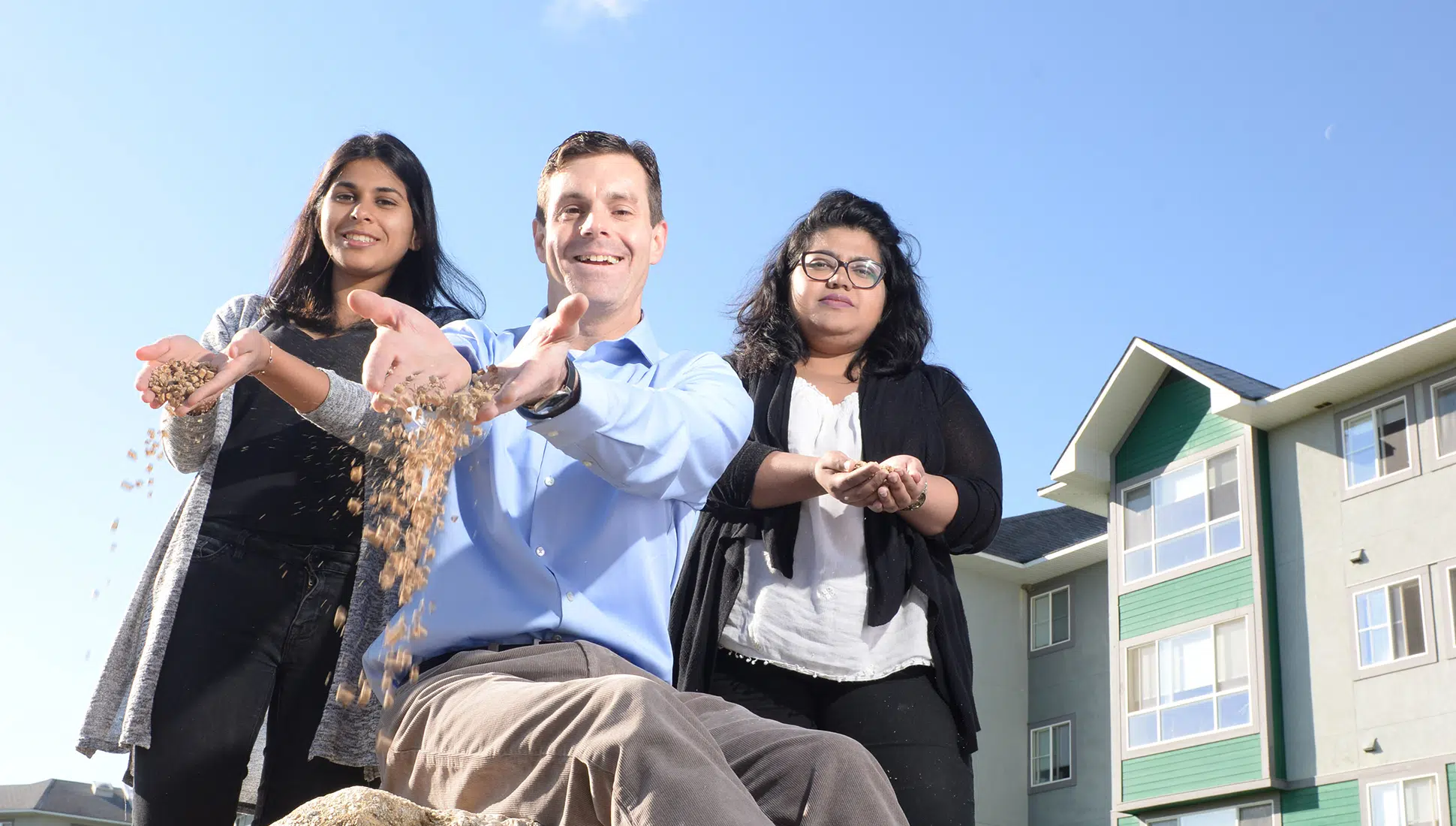
Sustainable Communities Demonstration Project
The worldwide transition to a low-carbon economy requires innovative local solutions to pressing global challenges. In the North, one such challenge is to find ways to heat buildings efficiently, sustainably and cost-effectively.
At the University of Northern British Columbia, the Sustainable Communities Demonstration Project (SCDP) is doing just that. By using wood pellets as the primary heating fuel for four campus buildings, the University is reducing its carbon output, saving money and demonstrating how other institutions and communities can reduce their fossil fuel consumption.
“This project is a big experiment to see how much it costs to convert the heat and hot water sources from natural gas and electricity to wood, to examine how efficient a district system can be and find out any other benefits to making the change,” says UNBC Assistant Director, Facilities Dr. David Claus.
The first phase of the SCDP capital project wrapped up in September 2017 with the Keyoh residence at the UNBC Childcare Centre joining the low-temperature district energy system. The Neyoh residence and the I.K. Barber Enhanced Forestry Laboratory (EFL) were connected in 2016.
